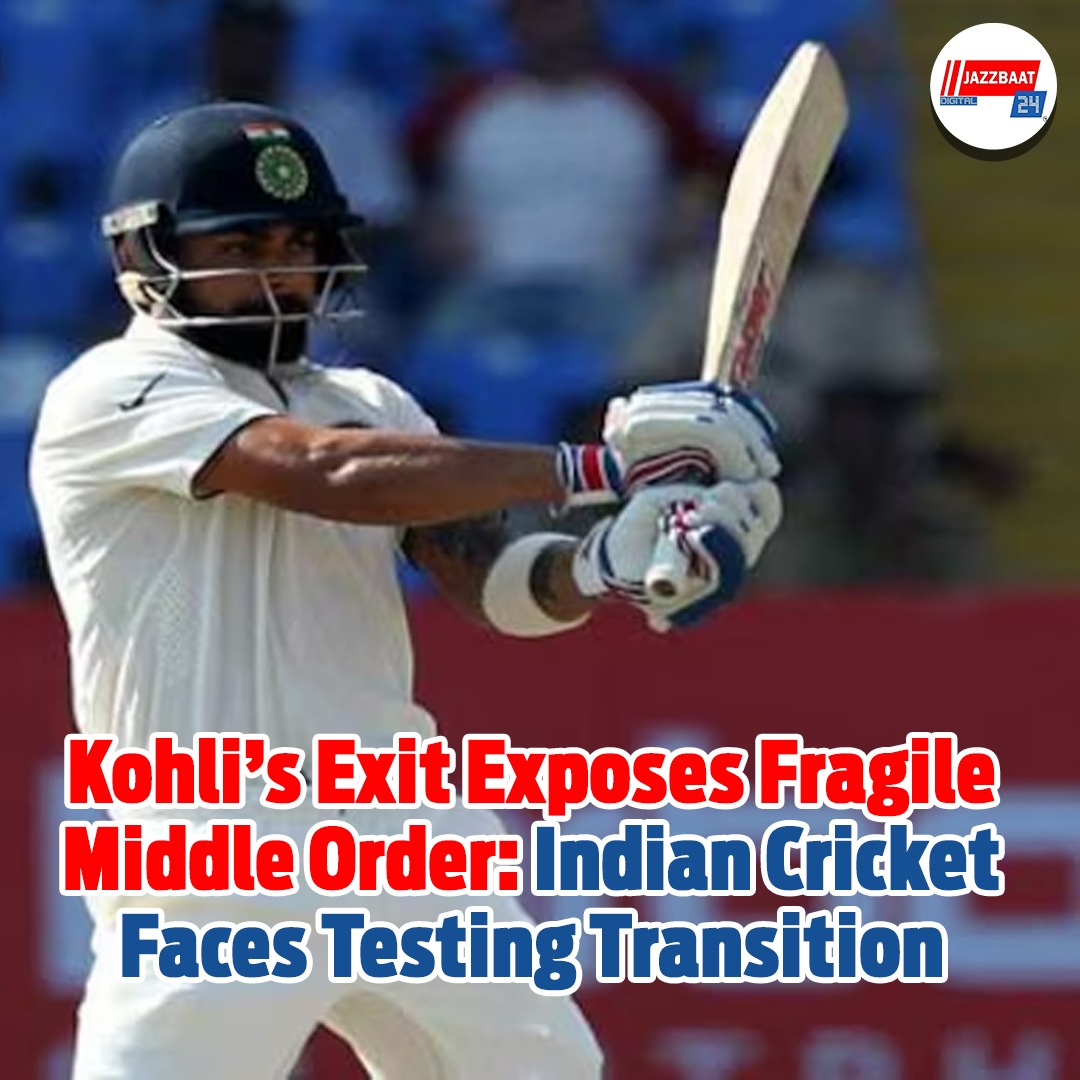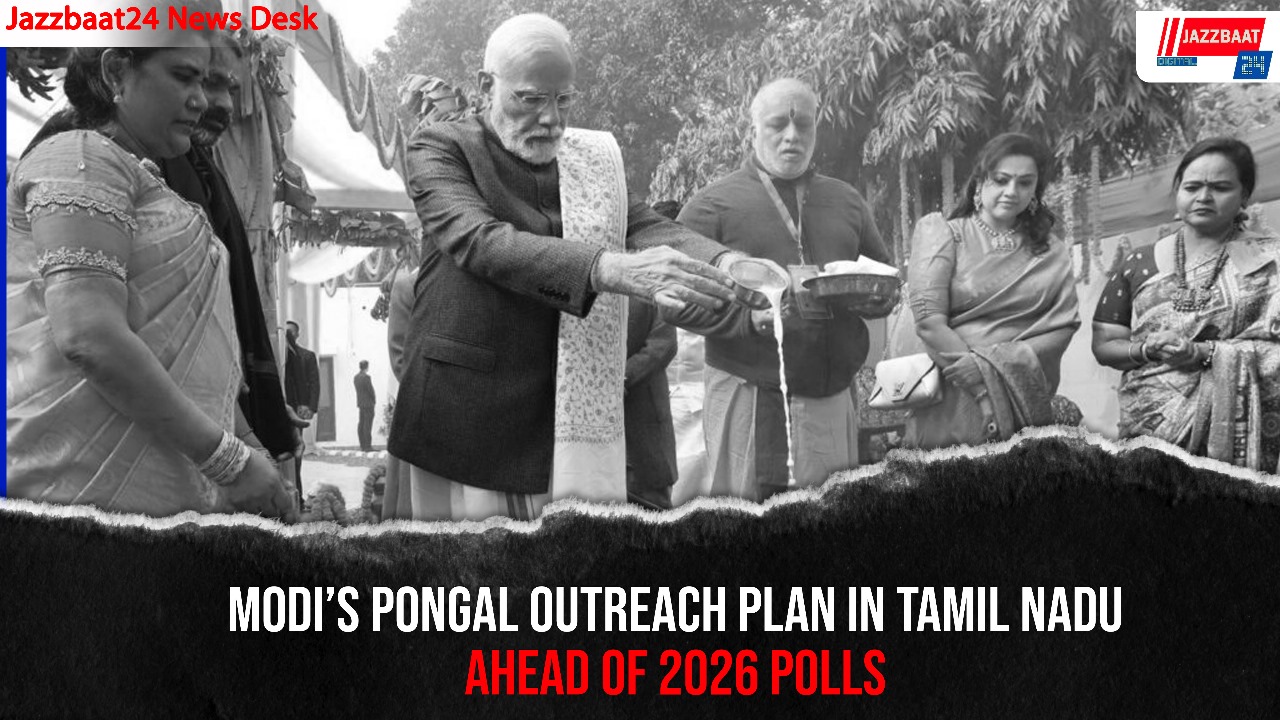Pratiksha Ghosh
Mumbai, May 22 2025:With the exits of Virat Kohli and Rohit Sharma from Test cricket, Indian selectors and team management now face both an opportunity and a challenge. While the changing of the guard allows them to build a new core, the batting frailties of recent years suggest deeper structural issues that won’t be solved overnight.
Kohli, India’s 269th Test player, may have drawn criticism toward the end of his career, but even his detractors would admit that he was a dominant force through the 2010s. Alongside Cheteshwar Pujara and Ajinkya Rahane, he formed the spine of India’s Test success during that golden decade, helping the team to 56 wins out of 107 matches and multiple ICC Test Mace triumphs.
However, the pandemic and the subsequent disruption in cricket marked a turning point. Since the infamous 36-all-out at Adelaide in late 2020, India’s middle order has consistently underperformed. While Pujara and Rahane were eventually phased out after struggling with form — their post-2020 Test averages dropping to 29.69 and 25.39 respectively — their replacements have not fared much better.
KL Rahul, now one of the senior-most batters, has had a patchy run, with fluctuating averages ranging from the mid-40s to the teens between 2021 and 2024. Shreyas Iyer has also failed to cement his place, averaging 36.26 in limited opportunities. Promising names like Sarfaraz Khan, Hanuma Vihari, and Karun Nair have had fleeting chances and little time to establish themselves. Only Yashasvi Jaiswal and Rishabh Pant have shown consistent promise in this challenging period.
The broader picture is one of a global shift in Test cricket, where results often come on bowler-friendly tracks and games wrap up in just a few days. India’s own Test victory in Cape Town in 2024 lasted less than 48 hours, a reminder that batting collapses are not uniquely Indian. However, what is specific to India is the growing inability of the middle order to build long innings or occupy the crease for extended periods — a quality once associated with the very players who have now been ushered out.
In that light, Kohli’s retirement does not signal the end of a problem but rather highlights one that has been simmering for years. Two of India’s three lowest-ever team scores — 36 and 46 — have come since 2020, illustrating a consistent batting decline.
The decision-makers in Indian cricket are now at a crossroads. If the new-generation batters click, the exits of Kohli and Rohit will be viewed as timely and courageous. If not, the fallback argument of a team in transition will serve as a shield. But one could argue that Kohli’s presence for another year — even if diminished — might have eased the handover with some experienced anchoring in the dressing room, much like Sachin Tendulkar did before retiring in 2013.
Whether India’s new middle order can rise to the challenge or crumble under pressure will shape the next chapter of its Test legacy.





